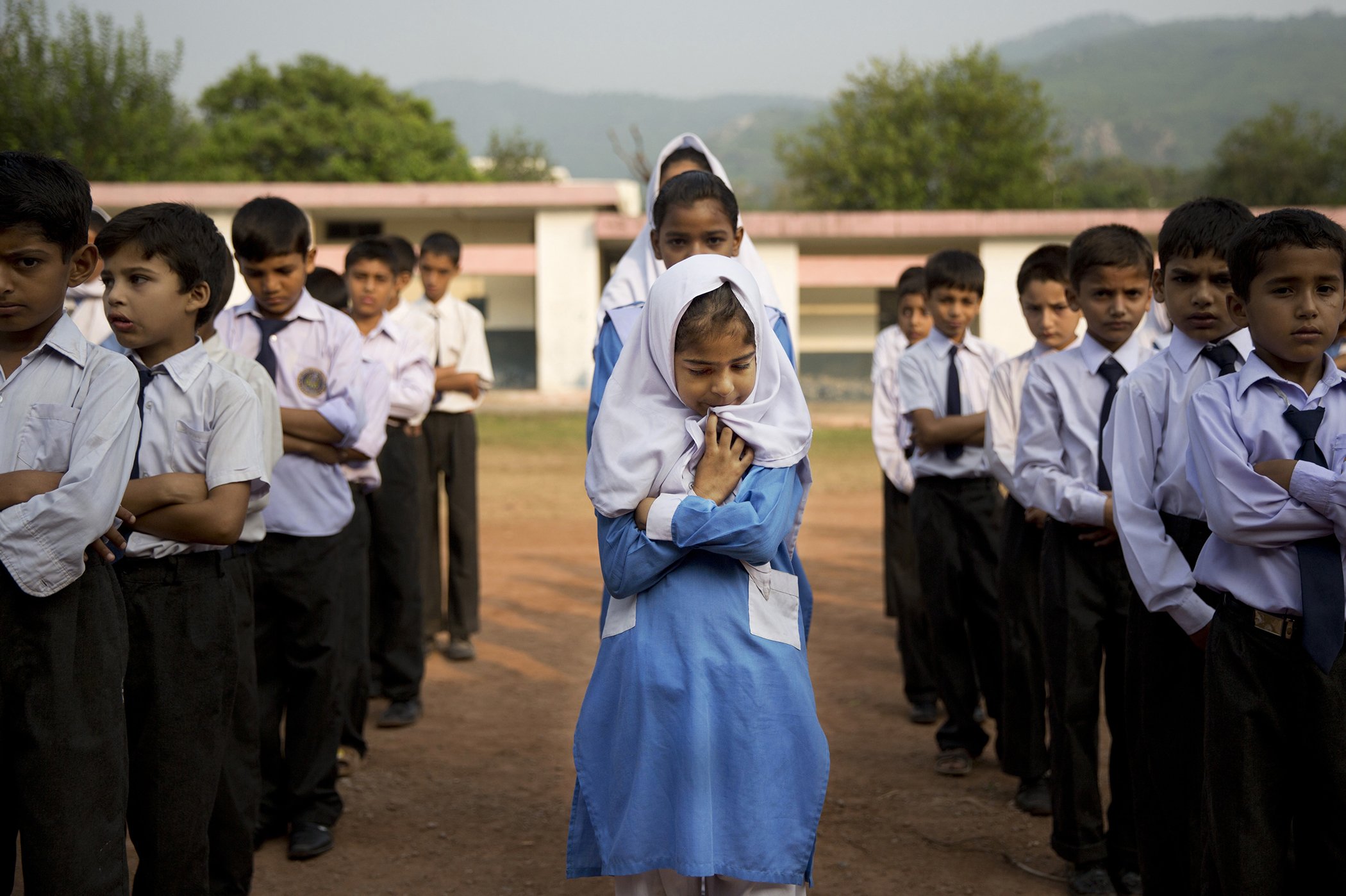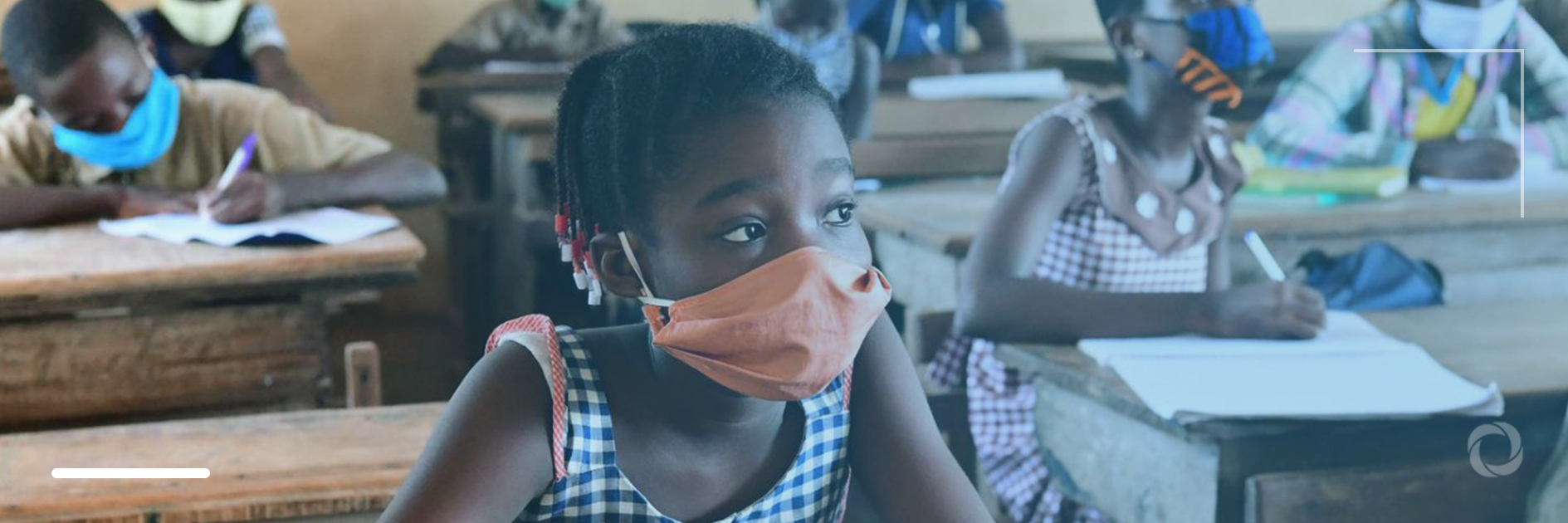By Victoria Butanu
Foreign aid in education has been gaining a steady increase in attention over the past decades. A literate population means a richer, more self-reliant population, crucial for economic success. Kofi Annan, seventh Secretary-General of the United Nations, said in reference to educational aid as it being “… quite simply, peace-building by another name. It is the most effective form of defense spending there is.”
Throughout the years, aid has been directed towards a range of activities such as classroom construction and renovation, school infrastructure, teacher education, scholarships for girls, curriculum development, school feeding and drop out reduction across different educational levels.
Boaz Nandwa and Elizabeth Asiedu of Yale University and the University of Kansas respectively have been researching the impact of foreign aid on education and a country’s growth for years. Their findings show that the effect of aid depends on the level of development of the recipient country (low and middle income) as well as the level of education at which aid is being targeted (primary, secondary or higher).
“Aid in primary education enhances growth in low-income countries but aid in post-primary education has no significant effect. For middle-income countries, aid in primary education and secondary education has an adverse effect on growth but aid in higher education enhances growth. Thus, our results highlight the importance of taking into account the heterogeneity of aid and the heterogeneity of the recipient countries when analyzing aid growth relationships. With regards to policy, our results suggest that increased aid in primary education to poor countries will provide double dividends: promote economic growth and also help the countries to achieve the millennium development goal of universal primary education”, their 2007 paper concludes.
Indeed, there is heterogeneity in the results of aid in education as, just like combating poverty, this is a complex issue.

Support to education often starts with something called “first-order” needs such as classrooms, teachers, and educational materials. And, while the inputs may seem simple and straightforward, educational outcomes are influenced by a variety of important and less easily measurable factors such as the quality of the curriculum, the level, and effectiveness of teachers’ training, up to date learning materials, the location and condition of the school, leadership by the heads and teachers and the respect afforded them by the local community. The problem for those designing aid to education programs lies in the fact that they may be required to provide measurable results, such as the number of pupils enrolled in a program of a given age or sex, moving towards universal enrolment, one of the Millennium Development Goals. However, in the opinion of Abby Riddell of Mokoro, an international development consultancy, a better impact of these projects can be achieved if they focus on and contribute to some of the building blocks to improved learning that cannot be measured.
More and more academics and economists are finding faults with the way aid is delivered, particularly in education.
“The real issues within many classrooms are overlooked by policymakers”, says Jonno McPike of the Organization for World Peace.
Furthermore, the lack of evidence in what works in the first place remains one of its greatest issues, according to Abby Riddell.
Education, unlike health or economics, is more abstract. Improvements in mortality rates are easy to perceive and chart while observing increased learning is vague, near impossible to measure accurately, and gaining trustworthy results takes years, if not decades.
“To shift public opinion, ensure funding and gain results within a short time-frame, most aid agencies have focused on achieving the Millennium Development Goals (MDGs) by providing school supplies, improving literacy rates, and increasing school attendance. All of which looks excellent on paper, yet neglects the people, often failing to leave a lasting impact upon the community”, adds McPike.
The criticism of adhering to the MDG is that this provides short-term solutions while funding outdated institutions. Kazim Bacchus, Professor of Education at the University of Alberta, Canada, states that many developing nations maintain curriculums originally set up by their old colonial governments whose content is unrelated and not transferable to modern life. The World Bank reports that although there has been a dramatic increase in school attendance by girls in Cambodia, there has been no proof of any influence on learning achievement.
Mark Epstein, writing for Stanford Social Innovation Review, argues that “… what students in impoverished regions need are not more academic skills, but rather life skills that enable them to improve their financial prospects and well-being. These include financial literacy and entrepreneurial skills; health maintenance and management skills; and administrative capabilities, such as teamwork, problem-solving, and project management.” And this sounds like a project worth undertaking.
DevelopmentAid offers exclusive access to funding opportunities in the education sector provided by international donors. Become a member and contribute to the change of the international landscape.

